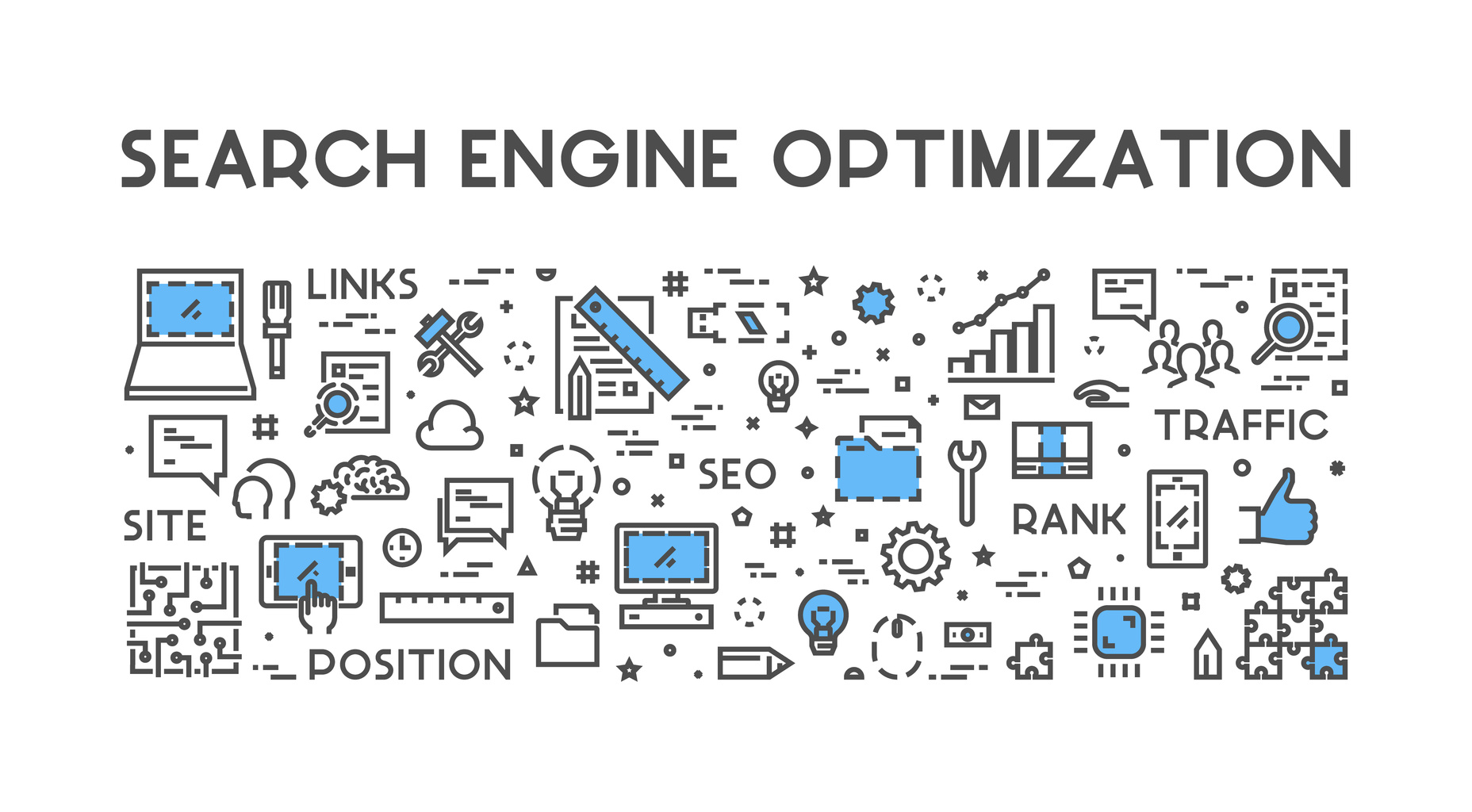There’s no worse feeling for business leaders than seeing their SEO efforts go up in smoke with a website migration.
It’s not uncommon for a website to lose 60% of traffic.
Fortunately, you can keep your SEO wins intact with a little planning.
Let’s look at your plan to preserve SEO through a website migration.
Pre Website Migration
Pre-migration is about making note of pre-migration status quo and cleaning house.
Some of these will just be a matter of pulling reports. Others require some note taking, analytics, and implementation.
Here’s where you’ll focus your attention.
Top pages
Depending on the size of your site, this could be 50 pages, 500 or 5000.
According to the 80/20 rule, around 80% of traffic comes from about 20% of your pages.
Identify this 20%, so that you can keep a closer eye on them during migration.
Page Speed
Have the pre-migration page speed for these pages. If some pages that you want to keep are lagging, see why.
If it’s a quick fix like simplifying some redundancy in the coding, or removing a feature weighing the page down, fix it.
This will make it even better post-migration.
Pages To Remove
During migration, it’s always advisable to clean house. You never want to migrate a bunch of deadweight, obsolete pages or poorly written content.
Review which pages aren’t getting traffic and analyze why. If the page isn’t important, let’s get rid of it and redirect what little traffic it may get with 301 redirects.
New Pages Being Added
You’ll undoubtedly be adding new pages. What are they?
Put the team to work creating the content for new pages so that they’re ready when it’s time to take the new site live.
Have your team review SEO best practices to assure all fresh content is search engine friendly by current standards
Keyword Rankings
Take notes on your keyword rankings prior to migration
Review Maps
User experience is a top priority during migration. If the new site isn’t intuitive or user-friendly, your customer will flee and conversion rates will drop.
Review the paths that customers take through your site. Identify the most common ones.
Web Hosting
Explore your options for web hosting. You want a web hosting service that is:
- Fast
- Secure
- Compatible with Linux or Windows
- Has virtually no down time
- Protects you from spam
Post Website Migration
Post migration is about taking roll call and implementing fixes where needed. Because of the work you put pre-migration, this part will be much “easier” than it would be otherwise.
Analytics Codes
Make sure that all pages contain Google Analytics and other tracking codes so that you can get a thorough picture of your site post migration.
Find Top Pages in GA
Check their speed and traffic. How does it compare to before website migration?
Some decline is normal as Google and other search engines re-crawl the site. But if traffic declines significantly, it’s time to take a closer look at things like:
- Page speed
- Navigation
- Inbound links
- An added feature
- Keywords they were ranking for
Crawl the pages with resources like Screaming Frog to identify areas that need improvement.
You’ll find the culprit soon enough.
Review Maps/Paths
Review the pathways of visitors moving through the site. Compare to the before snapshot.
Are visitors getting stuck anywhere on the road to conversion?
Website Hosting Done Right
Website migration is definitely a project. But you can preserve your SEO with some planning and followup.
Whether you’re running a small business or you’re an entrepreneur running a one-person show — you need a website host that offers you fast, reliable hosting.
If you’d like to learn more, contact us today.

